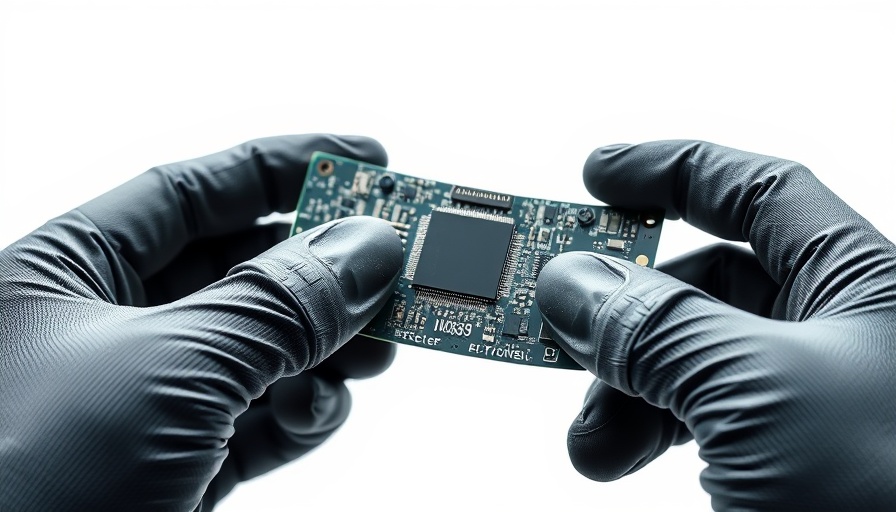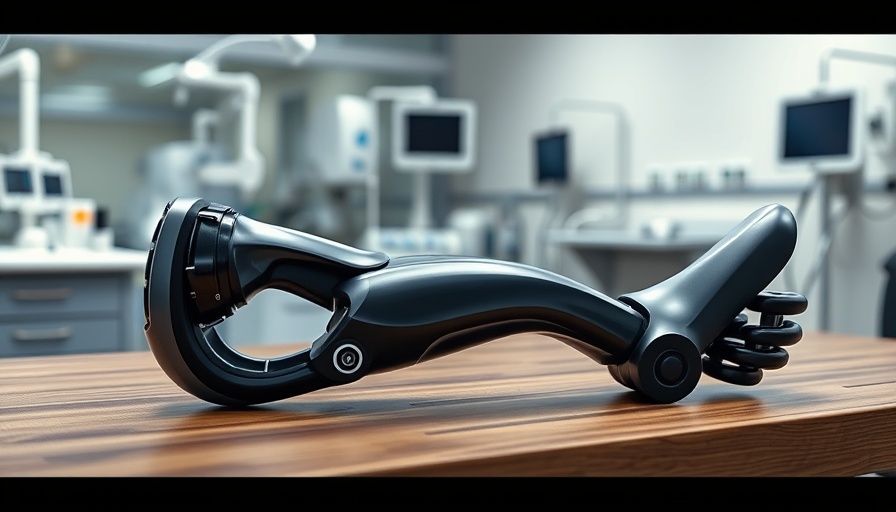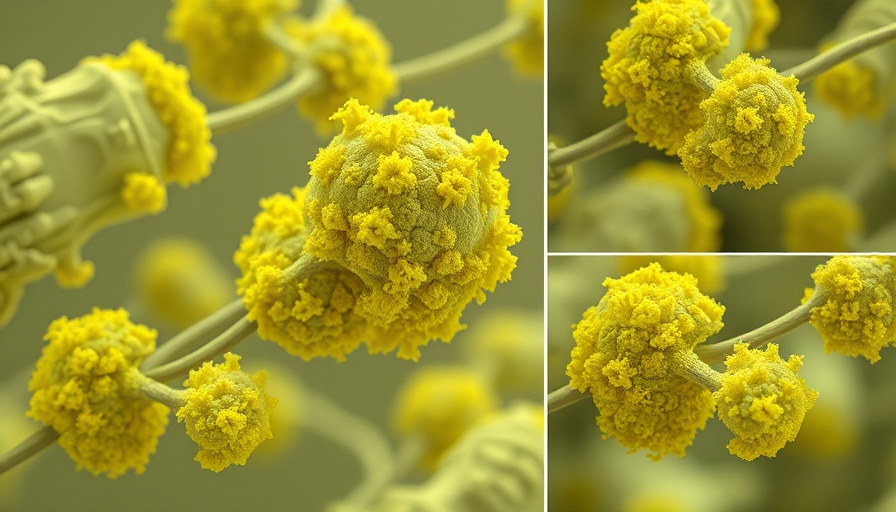
Revolutionizing Diabetes Diagnosis: A Breath of Fresh Air
Imagine a world where diagnosing diabetes is as simple as breathing into a bag. Groundbreaking research emerging from the University of California, Irvine, is proposing a new non-invasive method that can detect diabetes through volatile organic compounds (VOCs) present in human breath. This innovative approach, which stands to benefit millions, could significantly alter how diabetes is identified and managed.
The Science Behind Breath Analysis
Diabetes affects over 463 million people worldwide, according to the International Diabetes Federation. Traditional diagnostic methods often include blood tests and invasive procedures, which can discourage individuals from seeking early treatment. The study from UC Irvine focuses on breath analysis, leveraging advanced gas chromatography-mass spectrometry to isolate specific VOCs related to glucose metabolism.
The principle is straightforward: as the body processes glucose, it emits particular compounds through breath. By identifying and analyzing these compounds, researchers believe it's possible to not only diagnose diabetes but also monitor its progression in real-time. This could open doors for preventative measures that were previously unattainable.
Future Trends in Diabetes Management
Looking forward, non-invasive testing could become the standard in diabetes management, similar to what continuous glucose monitors (CGMs) have done for those living with diabetes. The potential integration of breath-based diagnostics into wearable technology exemplifies how innovation continues to redefine healthcare.
The convergence of biotechnology and consumer technology means that the next generation of diabetes management tools might include smart devices that not only diagnose but also provide recommendations in real-time.
Broader Implications for Healthcare
Beyond simply diagnosing diabetes, this technology has implications for other metabolic disorders, potentially leading to a more comprehensive understanding of a person's health. The ability to monitor various health markers through breath could offer an incredibly user-friendly approach that encourages more people to engage with their health proactively.
Moreover, as the world continues to grapple with the COVID-19 pandemic, where breath analysis also showed potential for early detection of respiratory diseases, this technology could serve as a dual-purpose tool, emphasizing the value of multi-functional diagnostic methods.Obstacles and Considerations
Despite the promising nature of this technology, several hurdles remain. Clinical validation is a significant roadblock; researchers must ensure that breath testing is consistently reliable across diverse populations and varying conditions. The accuracy and specificity of the tests will need to meet strident medical standards to gain acceptance among healthcare professionals and patients alike.
Moreover, widespread rollout of breath testing will require education and infrastructure that many regions currently lack. Health equity must be considered to ensure that all populations have access to these innovative technologies.
Conclusion: The Importance of Innovative Diagnostics
As scientists and researchers forge ahead with this radical new diagnostic tool, it’s crucial to recognize the balance between marveling at technological advancement and pragmatically assessing its place within our healthcare systems. The dream of breathing into a bag to diagnose a life-altering disease might not be too far off. Stay informed about these developments that can transform the realm of health technology.
Follow the latest breakthroughs in health tech to see how innovation continues to pave the way for a better and healthier future.
 Add Row
Add Row  Add
Add 




Write A Comment